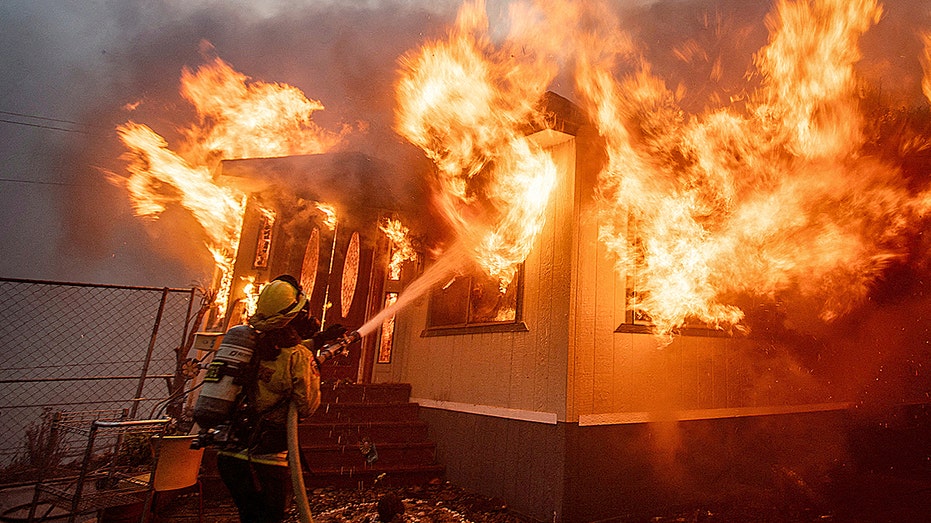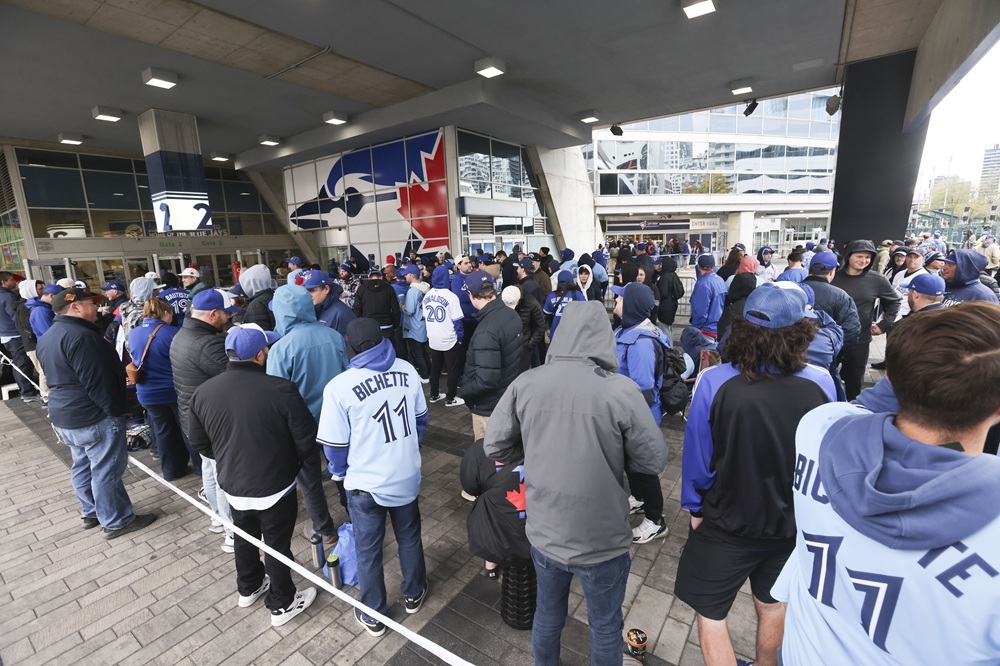A chilling sequence of events unfolded in Los Angeles, revealing a potential misstep in wildfire management. Firefighters battling the initial Lachman Fire were unexpectedly ordered to withdraw from the burn site, despite clear indications that the area remained dangerously hot.
Internal text messages, reviewed by a major newspaper, paint a picture of confusion and concern among the crews. On January 2nd, just one day after the Lachman Fire was declared contained, the battalion chief instructed them to pack up their hoses and leave, even though tree stumps were still radiating heat.
The decision proved catastrophic. Less than a week later, on January 7th, powerful winds whipped through the dry landscape, igniting smoldering roots in the very same location. This sparked the devastating Palisades Fire, a blaze that would threaten thousands of homes and claim twelve lives.
Firefighters at Station 69 expressed their surprise and dismay at the initial order to depart. One message revealed the crew felt uneasy leaving behind a site with obvious signs of ongoing combustion, a feeling of foreboding that would tragically prove justified.
Warnings were reportedly voiced directly to the battalion chief. A firefighter present on January 2nd stated that leaving the burn scar unprotected was a “bad idea,” citing visible smoldering terrain as evidence of the lingering threat.
The texts also suggest a broader issue of incomplete mop-up operations. Multiple messages indicate firefighters believed commanders hadn’t ensured the area was thoroughly extinguished before pulling crews away.
Officials initially defended the response, attributing the Palisades Fire to an “undetectable holdover fire” reactivated by extreme weather conditions. They explained that smoldering deep beneath the surface, concealed by dense root systems, can be nearly impossible to detect even with advanced technology.
However, the text messages raise serious questions about whether sufficient precautions were taken to prevent such a scenario. The combination of drought, wind, and hidden embers created a volatile situation, and the early withdrawal of firefighting resources may have exacerbated the risk.
A suspect, Jonathan Rinderknecht, has been charged in connection with the Palisades Fire, but the internal communications highlight a potential systemic failure in assessing and mitigating the dangers of lingering heat after a wildfire is declared contained.
The incident serves as a stark reminder of the unpredictable nature of wildfires and the critical importance of thorough mop-up procedures, even after a fire appears to be extinguished. The lessons learned from the Palisades Fire could be vital in preventing future tragedies.






